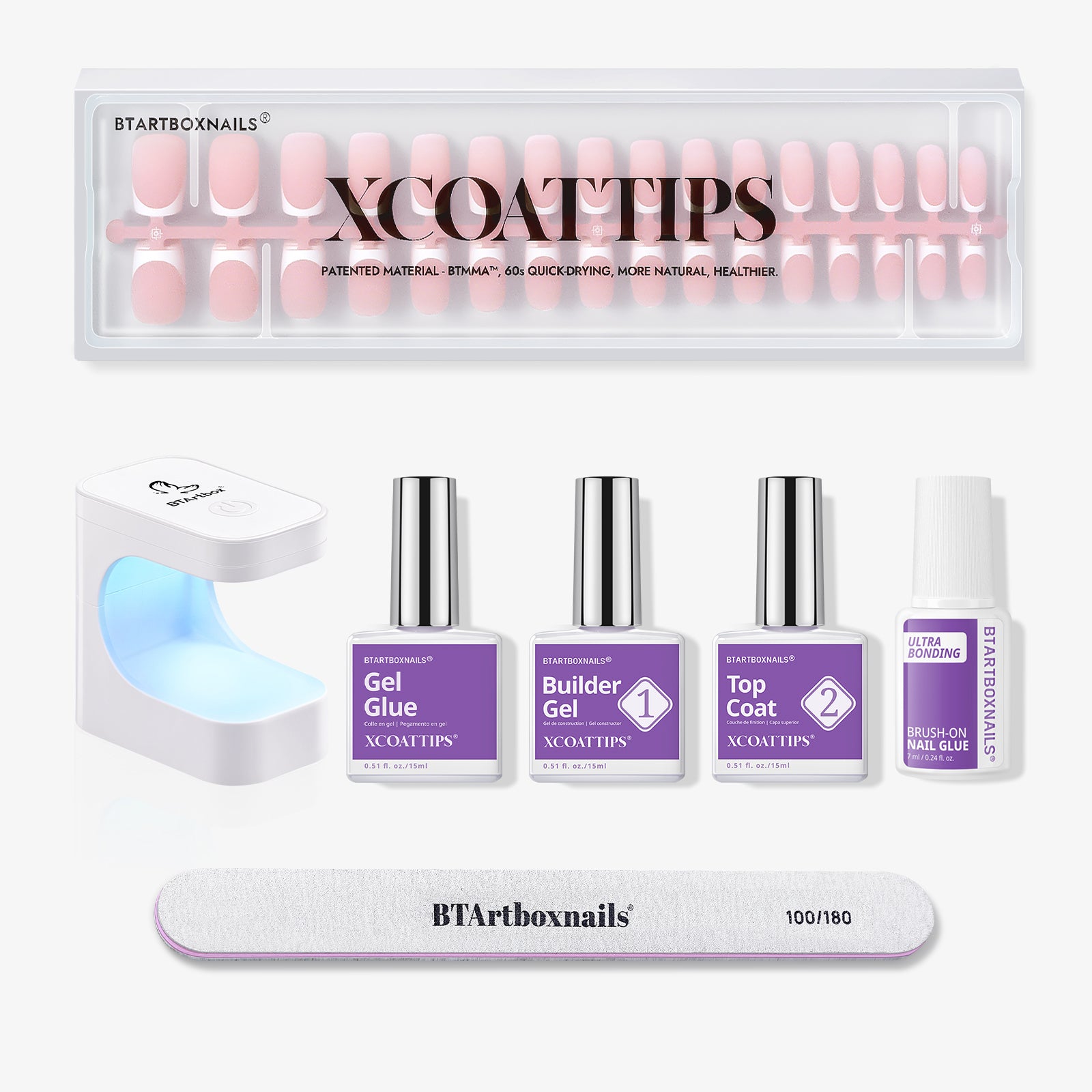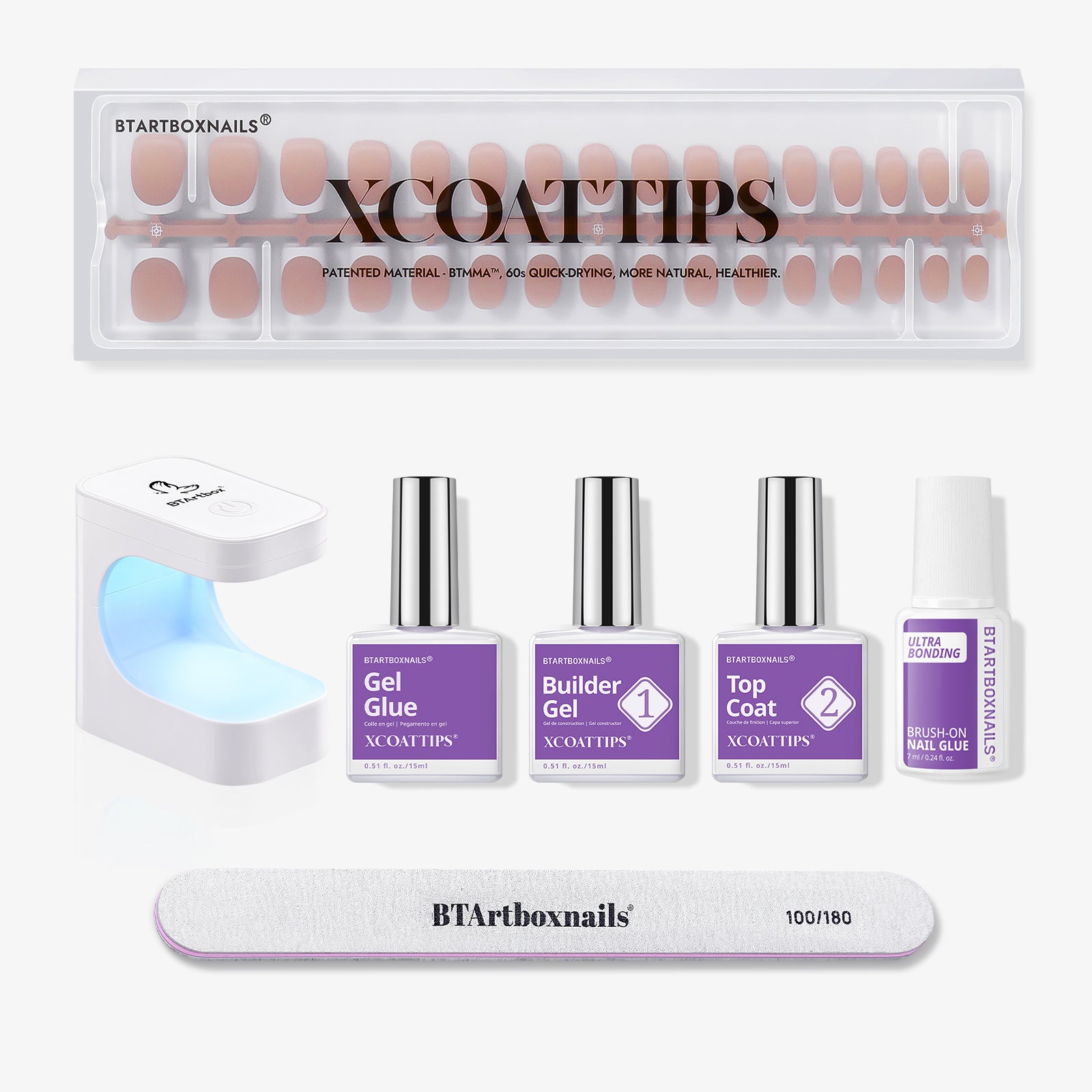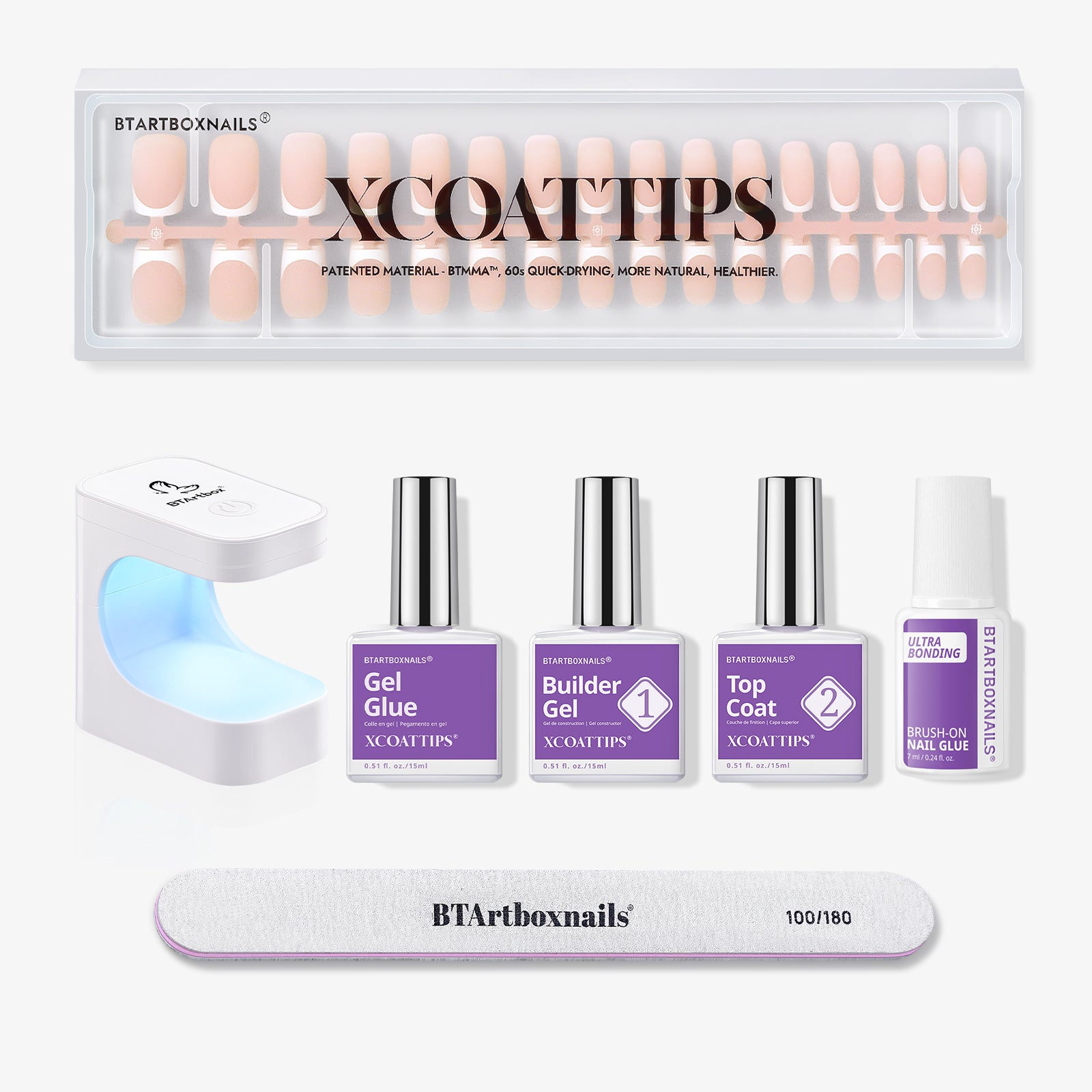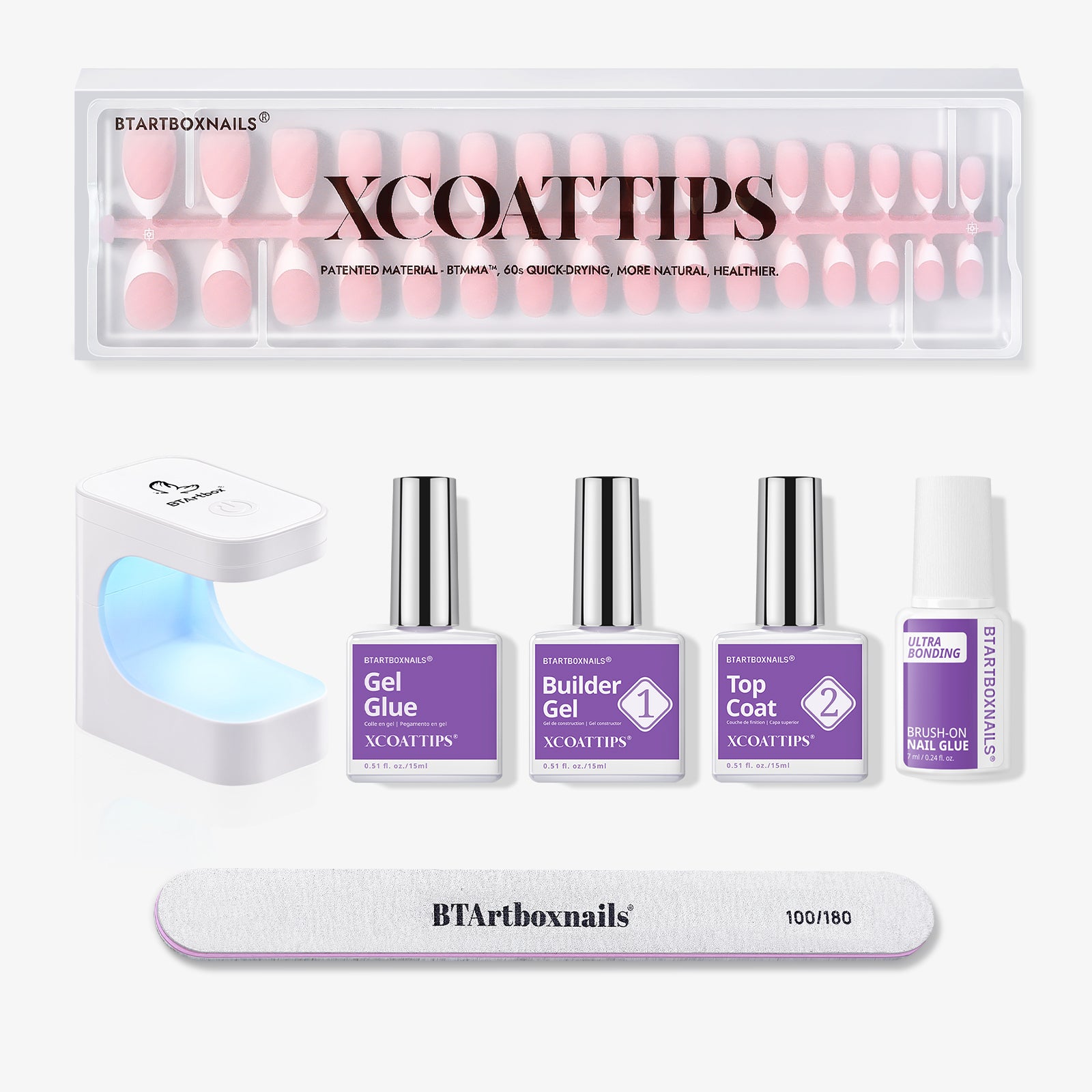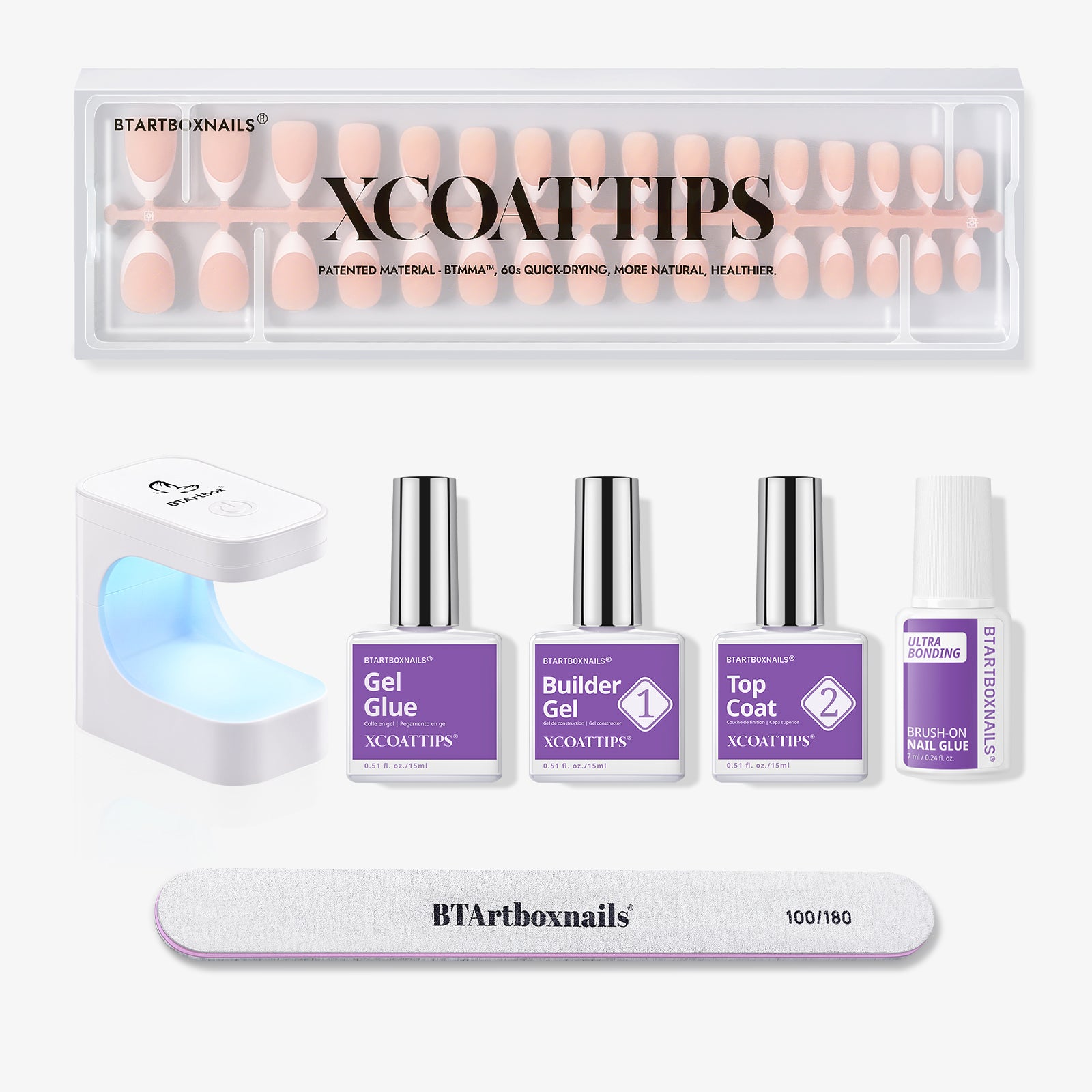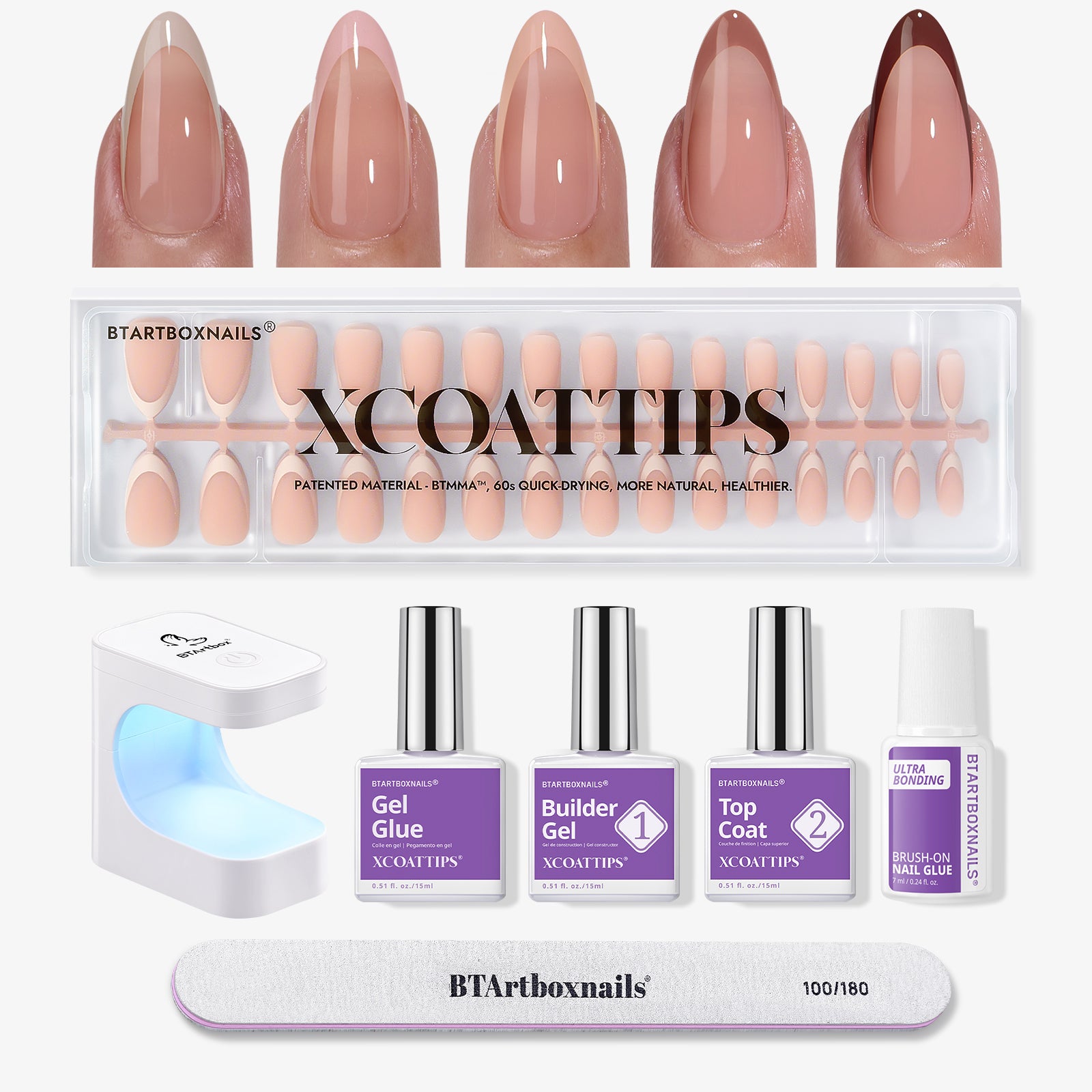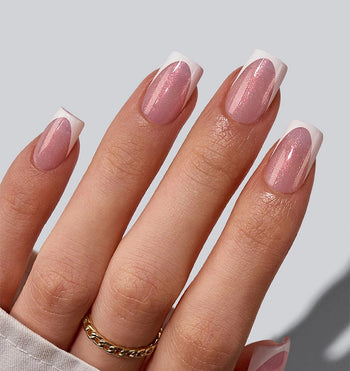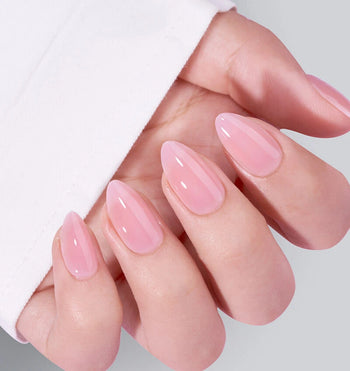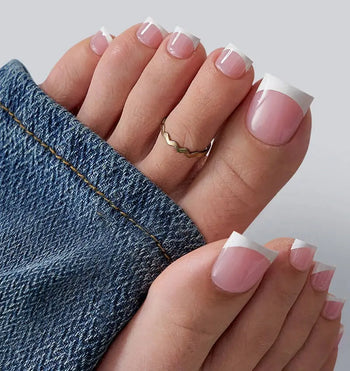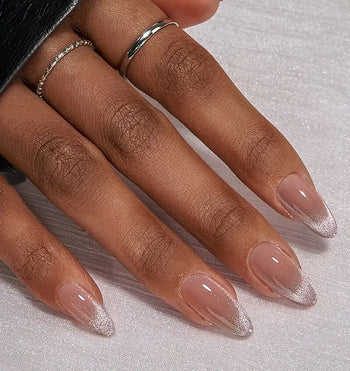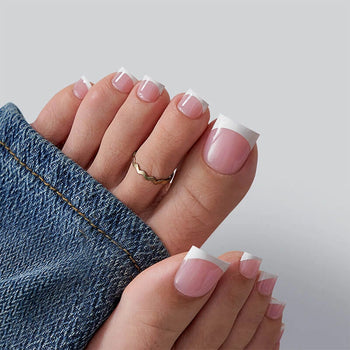Dealing with stubborn nail glue on your fingers can be frustrating, but removing it doesn't have to be a sticky situation. Our blog offers a straightforward approach to freeing your skin from unwanted adhesive, ensuring a clean, hassle-free manicure experience. Perfect for DIY nail enthusiasts or anyone in a pinch, these tips and tricks are designed to help you tackle the challenge of nail glue without damaging your skin or nails.
Armed with household items and a little know-how, you'll learn the most effective methods for dissolving nail glue from your fingers. From gentle soaks to safe scrubs, we'll guide you through a variety of easy-to-follow solutions that work quickly and efficiently. Say goodbye to the stress of lingering adhesive and hello to a smooth, clean finish on your next nail endeavor.
Before You Begin: While you're prepping for your next nail masterpiece, why not explore our vibrant range of fun summer nails? Finding your perfect style is just the start; knowing how to handle the cleanup is equally important.
What is Nail Glue?

If you're an avid nail art enthusiast, you've probably used nail glue at some point. Nail glue is an adhesive that is used to attach artificial nails, tips, and embellishments to natural nails. It is made up of a type of cyanoacrylate, which is a fast-drying and strong adhesive. In this section, we'll discuss the composition of nail glue and the difference between nail glue and super glue.
Composition of Nail Glue
Nail glue is typically made up of ethyl cyanoacrylate, which is a type of adhesive that is commonly used in medical procedures. Ethyl cyanoacrylate is a clear liquid that hardens when it comes into contact with moisture, such as the moisture on your skin. This is why it is important to be careful when using nail glue, as it can easily bond to your skin and be difficult to remove.
Difference Between Nail Glue and Super Glue
While nail glue and super glue may seem similar, there are some key differences between the two. Super glue is typically made up of methyl cyanoacrylate, which is a stronger adhesive than ethyl cyanoacrylate. Super glue is also not safe for use on skin, as it can cause chemical burns and other skin irritations.
Nail glue, on the other hand, is specifically designed for use on nails and is safe for use on skin. However, it is still important to be careful when using nail glue, as it can still cause skin irritations and allergic reactions. If you are allergic to nail glue, you should avoid using it altogether.
How To Prepare Before Nail Glue Removal
Protect the Skin Around the Nail
Before attempting to remove nail glue from your fingers, it is important to take some preparatory steps to protect the skin around the nail. This will help prevent any damage to the skin or nail bed during the removal process.
To protect the skin around the nail, you can apply a thin layer of petroleum jelly or barrier cream. This will act as a barrier between the glue and your skin, making it easier to remove the glue without damaging the skin.
Another option is to use adhesive tape to cover the skin around the nail. This will also act as a barrier and prevent the glue from coming into contact with the skin.
Gather Necessary Materials
To remove nail glue from your fingers, you will need a few materials. These include:
- Acetone or nail polish remover: This is the most effective way to remove nail glue from your fingers. Acetone is a strong solvent that breaks down the glue, making it easier to remove.
- Cotton balls: These are used to apply the acetone or nail polish remover to the affected area.
- Soft cloth: This can be used to gently rub the affected area and remove any remaining glue.
- Soap and water: This is used to clean the affected area after the glue has been removed.
Make sure to gather all the necessary materials before you begin the removal process. This will help make the process smoother and more efficient.
Stuck on You: If you're a fan of our glue-on nails, mastering the removal of nail glue can be a game-changer. This guide ensures that your nail art experience is as smooth as the finish on your favorite set.
Removal Techniques

If you accidentally got nail glue on your fingers, don't worry, there are several effective ways to remove it. Here are three different techniques to try:
Acetone-Based Removal Method
One of the most effective ways to remove nail glue from your fingers is by using an acetone-based nail polish remover. Simply soak a cotton ball or pad in the acetone and hold it against the affected area for a few minutes. Then, gently rub the area until the glue starts to come off. Repeat the process as needed until the glue is completely removed.
Be careful when using this method, as acetone can be harsh on your skin and nails. It's important to moisturize your skin and nails after using acetone to prevent dryness and damage.
Non-Acetone Home Remedies
If you prefer to use a non-acetone method, there are several home remedies you can try. One effective method is to soak your fingers in warm soapy water for about 15 minutes. This will help soften the glue, making it easier to remove. You can also try using olive oil to dissolve the glue. Simply apply a small amount of olive oil to the affected area and gently rub it in. Let it sit for a few minutes, then wipe it away with a clean cloth.
Physical Removal Methods
If the glue is particularly stubborn, you may need to use a physical removal method. One option is to gently file the glue off using a nail file. Be careful not to file too hard or you could damage your nails. Another option is to use a piece of adhesive tape to pull the glue off. Simply apply the tape to the affected area and gently pull it off. Repeat as needed until the glue is removed.
Remember to be patient and gentle when removing nail glue from your fingers. Rushing or using too much force can cause damage to your skin and nails.
Aftercare and Skin Protection

After removing nail glue from your fingers, it's important to take care of your skin to prevent any irritation or damage. Here are some tips for aftercare and skin protection:
Moisturizing and Nourishing the Skin
Moisturizing your skin after removing nail glue is essential to prevent dryness and cracking. You can use a hand cream or lotion that contains natural oils like almond oil, jojoba oil, or coconut oil. These oils are rich in vitamins and minerals that nourish and hydrate your skin, leaving it soft and smooth.
Another way to moisturize your skin is by applying cuticle oil. Cuticle oil is a blend of natural oils that are specifically designed to moisturize and protect the skin around your nails. It also helps to prevent dryness and cracking, and promotes healthy nail growth.
Treating Any Skin Irritation
If you notice any redness, itching, or irritation after removing nail glue, it's important to treat it as soon as possible. One of the most common skin irritations caused by nail glue is contact dermatitis, which is an allergic reaction to the chemicals in the glue.
To treat contact dermatitis, you can apply a cold compress to the affected area to reduce inflammation and itching. You can also use an over-the-counter hydrocortisone cream to relieve itching and redness. If the irritation persists or becomes severe, it's best to consult a dermatologist for further treatment.
Quality Matters: While you're learning how to remove nail glue, using quality adhesive is crucial for easy application and removal. Check out our selection of professional-grade nail glue to ensure a strong bond that's still skin-friendly when it's time to take it off.
Professional Assistance and Prevention
When to Seek Help from a Salon or Doctor
In some cases, nail glue can be difficult to remove and may even cause damage to your skin. If you have tried the methods mentioned above and the glue is still not coming off, it may be time to seek professional assistance. A salon or a doctor can help remove the glue safely and effectively.
If you experience any allergic reactions such as redness, swelling, or itching, it is important to seek medical attention immediately. Allergic onycholysis and paronychia are two conditions that can be caused by nail glue and require medical attention.
Tips to Avoid Future Incidents
Prevention is key when it comes to avoiding nail glue mishaps. Here are some tips to help you avoid future incidents:
- Use nail glue sparingly and only when necessary.
- Keep your work area clean and free of clutter.
- Avoid using nail glue on a regular basis.
- If you are getting a manicure at a salon, make sure they use safe and reputable products.
- If you have sensitive skin, consider using a barrier cream or petroleum jelly around your nails before applying the glue.
- Avoid using nail glue on special occasions or emergencies unless you are experienced in doing so.
By following these tips, you can prevent future incidents and keep your nails and skin healthy. Remember, if you experience any adverse reactions to nail glue, seek medical attention immediately.
Conclusion
With the right approach, getting nail glue off your fingers is straightforward and damage-free. This guide empowers you to enjoy your nail art without the worry of a messy cleanup. Keep these tips in mind for your next DIY project, and you'll be prepared for even the most tenacious glue situations. Clear, clean fingers are just as important as the perfect manicure—they go hand in hand.
Take your nail game to the next level and ensure you have all the essentials for your next nail design. Visit our nail accessories collection, where you can find the best tools to create, maintain, and enjoy beautiful nails. Enhance your nail art with the right accessories today!
Frequently Asked Questions
How do you remove dried nail glue?
Removing dried nail glue can be a bit tricky, but it is possible. First, you can try soaking the affected area in warm soapy water to soften the glue. After a few minutes, use a cotton ball or a soft-bristled brush to gently scrub the glue away. If that doesn't work, you can try using an acetone-based nail polish remover. Apply the nail polish remover to a cotton ball and hold it against the glue for a few minutes. Then, gently rub the glue away.
Does hot water remove nail glue?
Hot water alone is not usually enough to remove nail glue. However, soaking your fingers in warm soapy water can help to soften the glue, making it easier to remove. If you're having trouble removing the glue, you can try using an acetone-based nail polish remover.
What product dissolves nail glue?
Acetone is the most effective product for dissolving nail glue. You can find acetone-based nail polish remover at most drugstores and beauty supply stores. Be sure to use the remover in a well-ventilated area, and avoid getting it on your skin or in your eyes.
What is the fastest way to remove nail glue without acetone?
If you prefer not to use acetone, there are a few other options for removing nail glue. One method is to soak your fingers in warm soapy water to soften the glue, and then gently rub it away with a cotton ball or soft-bristled brush. Another option is to use olive oil or coconut oil to dissolve the glue. Simply apply the oil to the affected area and let it sit for a few minutes before gently rubbing the glue away.
How to remove fake nails easily?
To remove fake nails, soak your fingers in warm soapy water for a few minutes to soften the glue. Then, gently pry the nails away from your natural nails using a cuticle pusher or an orange stick. Work slowly and carefully to avoid damaging your natural nails. If you're having trouble, try using an acetone-based nail polish remover to dissolve the glue.
